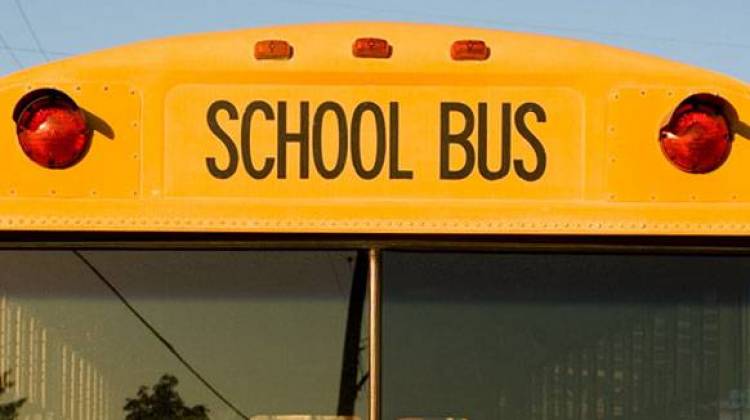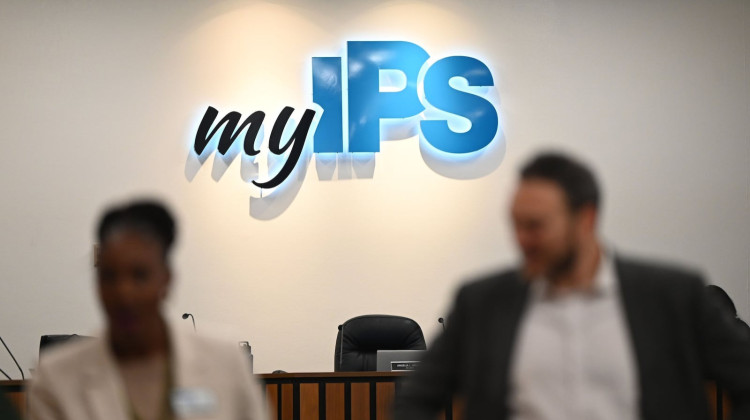
Recent changes to Indiana’s state school funding formula have improved equity, yet funding increases have been relatively smaller for school corporations serving the most low-income students, according to a new report.
stock photoRecent changes to Indiana’s state school funding formula have improved equity, yet funding increases have been relatively smaller for school corporations serving the most low-income students, according to a new report from an Indiana University researcher.
The report, “Equity Analyses of the 2015-2017 Indiana School Funding Formula,” presents an analysis of changes in school funding, as well as its impact in whether districts with greater need receive additional support.
Thomas Sugimoto, lead author of the study and research associate at Indiana University’s Center for Evaluation and Education Policy, says he was suprised by how changes in enrollment and funding vary across Indiana.
“Looking at traditional school corporation enrollment, some lost nearly half their enrollment between 2009 and 2017,” he said, in a statement. “While others increased by more than 30 percent.”
Recent changes to Indiana’s school funding formula increased per-pupil funding across the state. At the same time it slashed special funding formerly given to students deemed at-risk, including students living in poverty, English-language learners and those who qualified for textbook assistance.
So, in certain districts with low populations of at-risk students, Sugimoto found, that although enrollment declined, the districts received an overall bump in funding per student. He says, in some cases, districts with fewer students saw their overall still increase.
“Those would have been districts that had very modest enrollment declines,” says Suigimoto, in an interview. “The increase in funding would have certainly made up for that.
Yet, overall funding across the state still lags behind pre-2009 rates, when adjusted for inflation.
“In inflation-adjusted terms, they haven’t quite recovered to those levels,” Sugimoto says. “2009 may have been a bit of a high period. Following that was the recession and large cuts to education funding.”
State education spending in Indiana is expected to reach $6.7 billion in 2017. This translates to $6,863 per-pupil, compared to $6,449 in 2009. When inflation is taken into account, 2009 levels were at $7,163 per-pupil
Read the full report here and view an online data visualization site that highlights findings from the equity analysis report.
 DONATE
DONATE






 Support WFYI. We can't do it without you.
Support WFYI. We can't do it without you.